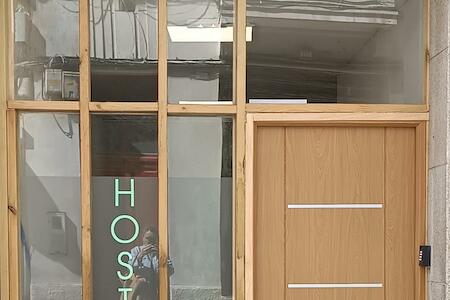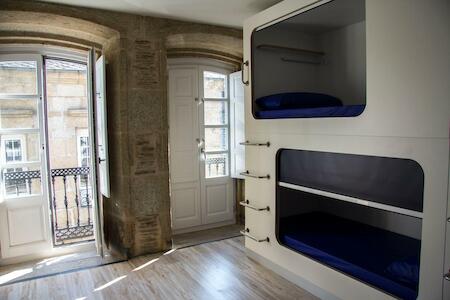Looking for budget stays in Lugo? This section is designed to save you time, money, and unnecessary stress. We've got insider tips to help you find affordable hostels and the cheapest places to stay in Lugo.

Lugo is the capital city of the province of Lugo, Galicia. Lugo is the second-largest and fourth-most populated city in all of Galicia, found northwestern of Spain. Lugo is located between the rivers of Miño or Minho, Chanca, and Rato. Unlike other towns or cities located between rivers, Lugo is not located in a valley but situated on top of a hill. The city of Lugo has an elevation of more than four hundred meters above sea level and the altitude of the city’s locations vary depending on the place in the city.
The city of Lugo was founded in the Roman times in twenty-five BC in the River of Miño. However, historians argue that the origin of Lugo predates Roman times, and was established most probably by the Celtic tribe Capori that lived in the Galicia part of Iberia. The name of Lugo itself is a reference and dedication to the Celtic god Lugus, an important deity that governs light and arts. The ancient city of Lugo was a center of activity for both the Celts and the Romans. Lugo at one point became rich for having been surrounded by gold mining regions.
Like many Galician towns and cities, Lugo was in direct influence of European history, including the invasion and governance of the Goths, the rise of Christianity, and the subsequent modern events like the Spanish Civil War and World Wars.
Lugo is most famous for being the only city in the world with intact Roman Walls. The Roman Walls of Lugo are a UNESCO World Heritage Site and are composed of more than seventy towers, reaching a varying height of ten to fifteen meters. The Roman Walls of Lugo were constructed during the third century, surrounding the historic center of Lugo. Aside from the Roman Walls, the city of Lugo is also composed of intact architectural landmarks that have been built throughout its rich history, like the Lugo Cathedral, the Church of St. Francis, the Roman Bridge over the River Minho, other Gothic and Romanesque churches, and the Palace of Arts.
Aside from being culturally seasoned, Lugo is also in touch with nature. Lugo is part of the World Network of Biosphere Reserves, comprising of protected areas that are intended to display a balanced relationship between its people and nature. One of the famous attractions of this title is the tour called Miño River Walk.
Though Lugo is relatively modern, the city has never lost in touch with its history and its environment. To full experience the city, there are hostels in Lugo to provide for your care. Lugo hostels are equipped to welcome guests all year round.
Written by Travel Expert Lugo
 Angelica Burrage
Angelica Burrage

